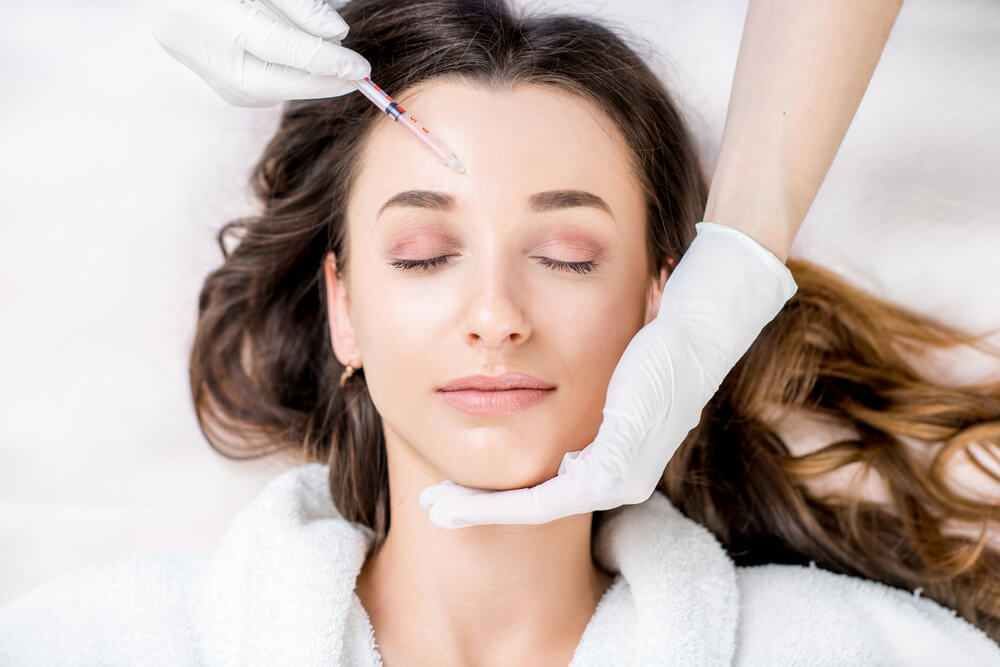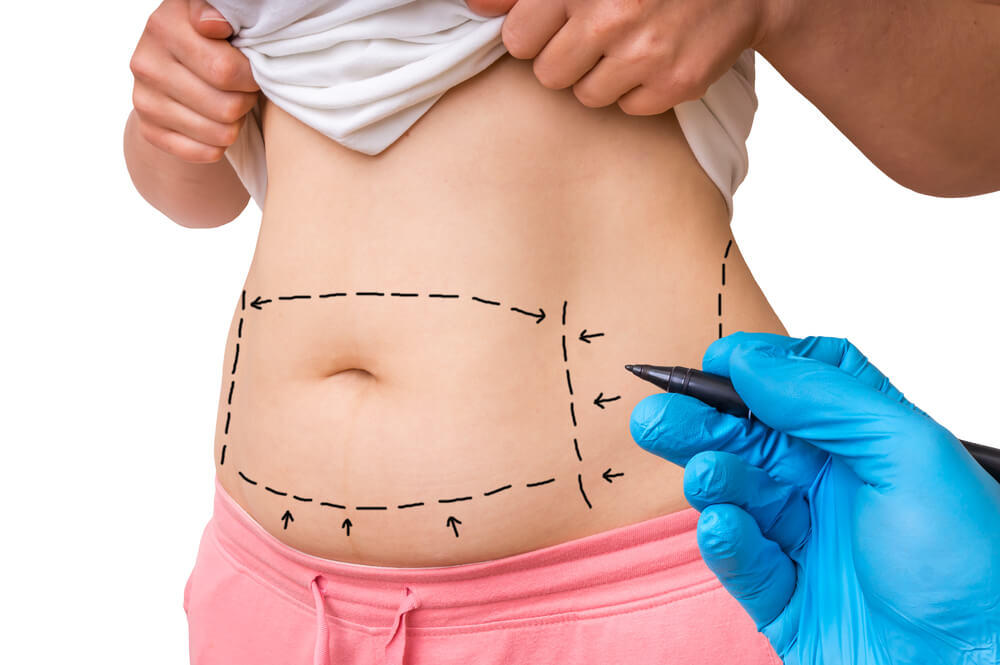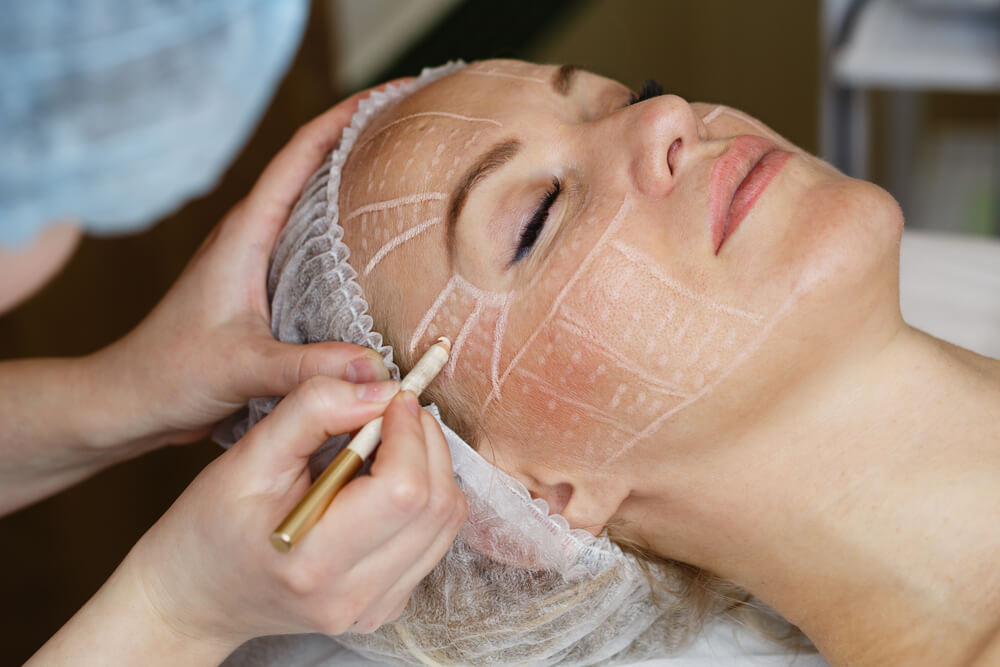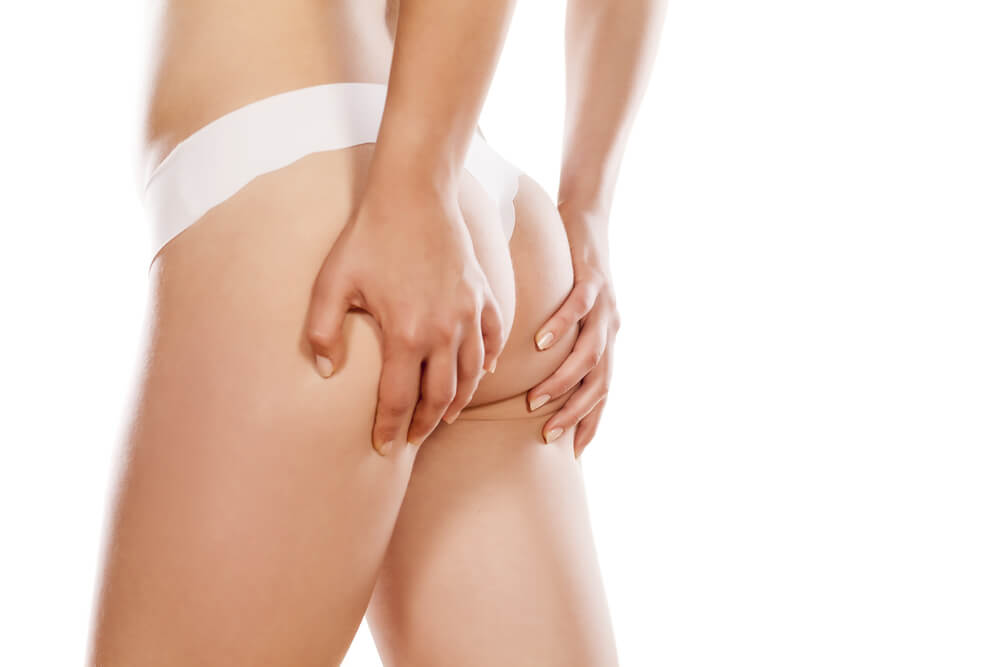Injectables are growing in popularity and have been a beauty staple for many people for more than 10 years. Botox is still the most popular injectable, but dermal fillers are also a viable option that many people choose.
It’s a good idea to explore the benefits of all of these injectables and determine which product is best for your skin goals. It’s also important to know the difference between Botox and fillers, so here is some expert advice to help you make the best decision before visiting your cosmetic surgeon. At Gentera Center, our cosmetic surgeon in Coral Gables offers both types of injectables.
What Is Botox?
Plastic surgeons emphasize that Botox is a botulinum neurotoxin. Four Botox-type fillers are FDA-approved: Botox, Jeauveau, Xeomin, and Dysport. These injectables work by paralyzing or weakening the facial muscles. This is why Botox is ideal for temporarily eliminating lines between the eyebrows, frown lines, and crow’s feet.
In addition to using Botox and other Botox-type injectables to treat wrinkles and fine lines or as a chin filler, a cosmetic surgeon might inject Botox in the armpits to manage excessive sweating or in the jaw muscles to reduce symptoms of TMJ (temporomandibular joint) pain. Botox-type injections will start to take effect 2-10 days after the treatment. This time frame depends on how your body reacts to the injections and exactly which neurotoxin is in the injection ingredients.
What Are Fillers?
Fillers are usually made from hyaluronic acid, which has a gel-like consistency. These injections fill creases in the skin and restore volume to the face. Fillers can also contour the face or fill in the chin to improve the shape of the face. They can make the cheekbones appear higher or fill in other areas to make the face look slimmer.
Fillers that contain hyaluronic acid include Juvederm, Restylane, and Belotero. You can also opt for Radiesse, which contains calcium.
Fillers made from hyaluronic acid come in several thicknesses, so you’ll need to choose one that’s ideal for your skin type. These fillers last anywhere from 5-24 months. If you have deep creases or lines or need chin filler, you may want to try Radiesse, which will last for about a year.

Botox vs. Fillers: Which Works Best?
When it comes to Botox vs. fillers, there are several points to consider. Fillers and Botox are both effective, and which one you choose depends on what your cosmetic goals are.
In some cases, it is not a matter of Botox vs. fillers; you may need both to achieve the look you want. In fact, Botox and related injectables are often used together with hyaluronic acid fillers, as they work to address different areas of concern.
You can use either Botox or fillers as a way to prevent wrinkles. In fact, patients as young as their mid-20s use Botox and fillers to maintain a youthful appearance even before wrinkles start to form in their 40s and 50s.
Chin Botox is also ideal if you want to keep the chin from sagging or if you’d like to make your face look more alert. Botox lips are also growing in popularity since fuller lips are on-trend these days. Botox lips can prevent smile or frown lines around the mouth, and the procedure can also make the lips look bigger.
People often use Botox or fillers to improve fine lines under the eyes and on the jawline and cheeks. Patients should choose the injectables they prefer based on their problem areas.
As a general rule, you can treat facial impressions with Botox. The lines that remain when your face is at rest require a filler.
Botox is ideal for getting rid of creases that form when the facial muscles contract. Chin Botox is ideal for getting rid of folds of skin on the chin when you smile or frown. However, fillers are best for treating deep lines that remain even when the face is expressionless.
It’s important to have a detailed consultation with a cosmetic specialist to know which treatments will treat the areas of your face that you want to improve.
Potential Side Effects
The solution used in Botox and other neurotoxin brands is an extremely diluted form of botulinum, so you don’t have too worry much about reacting to the actual solution in the injection. However, you should make sure a qualified surgeon performs your Botox lips, chin Botox, or facial injections, since this is the best way to avoid harmful side effects.
Before you decide to get Botox or a filler, you should be aware of the possible side effects. These side effects can occur whether you’re receiving chin Botox or Botox lips or getting Botox or filler injections in other areas of your face.
You may experience:
- Extreme blushing
- Swelling or bruising at the site of the injection
- A bluish tint on your skin
- Bumps under the skin that look like acne
These side effects are fairly rare but could occur, especially if you have sensitive skin. It’s crucial that you only receive injections from a board-certified plastic or cosmetic surgeon.
It’s important to be aware of the Tyndall effect if you’re receiving hyaluronic acid injections. This side effect makes the skin look blue and will occur if the injection doesn’t go deep enough into the skin. Treating the Tyndall effect involves injecting a tiny amount of hyaluronidase into the original injection site.
Bumps that resemble acne are also a side effect, but this rarely occurs. It’s much more common to experience skin tenderness, mild inflammation, and bruising. In some cases, these side effects can last for up to two weeks, depending on how many injections you’ve received.
It is important to note that acne-like bumps and the Tyndall effect are primarily a result of improper injection and not necessarily a reaction to the ingredients in the filler.
The most common side effects after receiving Botox or fillers are pain and bruising after the procedure. This is not considered a toxic reaction, and the bruising and inflammation should subside in a few days.
It’s not normal, however, to experience drooling, a drooping eyelid, a crooked smile, or extreme eye dryness. If you do, it’s important to tell your doctor right away. After receiving your injections, you should not have trouble speaking, seeing, or breathing.
It’s best to stay at the doctor’s office for a few minutes after the injection so the surgeon can monitor you for any possible reactions. If you experience any of these side effects after you leave the office, get in touch with the doctor immediately.
The Price of Injections

On average, you’ll pay around $500 for Botox injections, according to recent statistics from the American Society of Plastic Surgeons. The cost will vary and depends on the severity of the fine lines you’re treating and the qualifications of the professional administering the injections.
The price for fillers varies depending on the product you select. Recent American Society of Plastic Surgeons reports state that the average price of Radiesse is around $700. Hyaluronic acid fillers are about $680.
Conclusion
Fillers and Botox can improve your quality of life since they enhance the appearance of your face and boost your confidence. And, new research indicates that Botox can do more than get rid of wrinkles and keep you from sweating excessively. It may also prevent you from grinding your teeth, and even get rid of chronic headaches and depression.
Fillers and Botox each have their own unique set of advantages, and these two treatments are not used for the same purposes. However, using both fillers and Botox can make your face look younger and more symmetrical.
Speak with a dermatologist or board-certified plastic surgeon if you think you would like fillers or Botox. Your dermatologist will assess your skin so you can choose the injections that are right for your skin, desired outcome, and budget.
The Gentera team is here to answer your questions and help you decide on the best cosmetic procedure for you. If you’re in need of a plastic surgeon, you can schedule a consultation to learn more about how fillers and/or Botox can boost your confidence.
If you live in or near the Coral Gables area, the expert Gentera team can help you achieve the look you’ve always wanted.


















